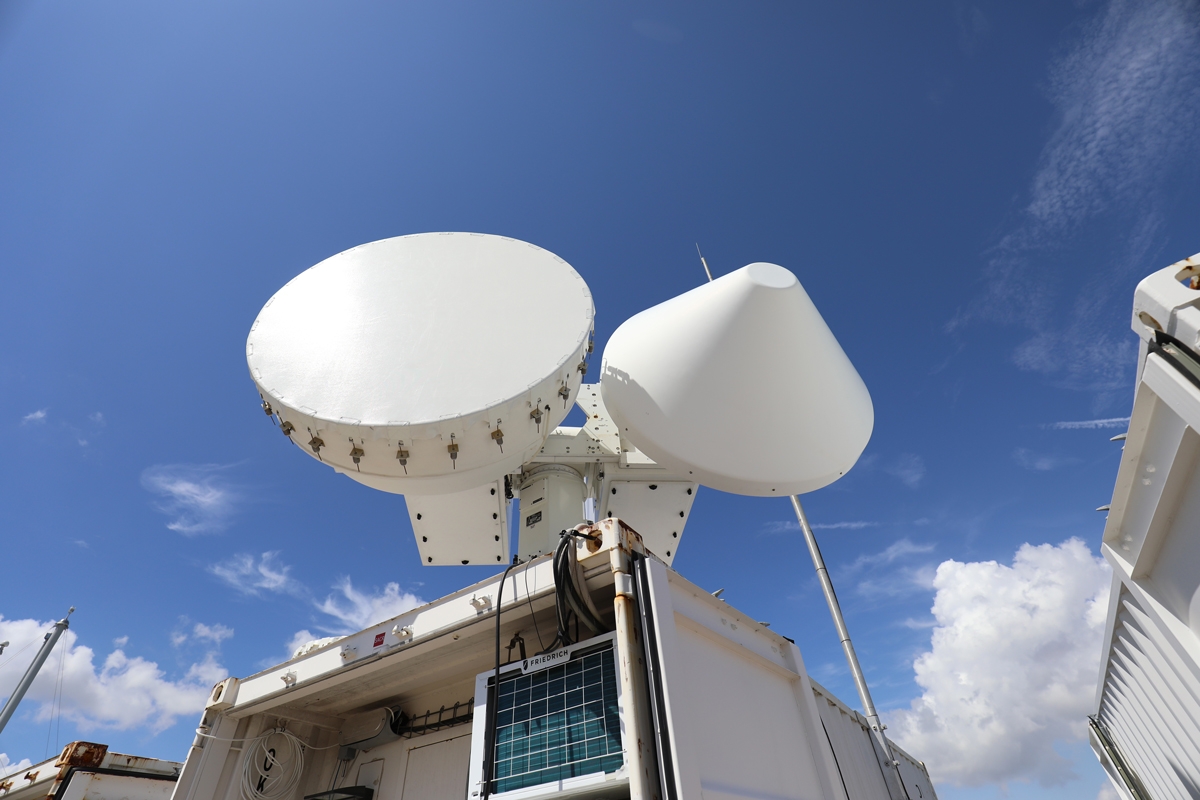A research team led by principal investigator Yongjie Huang, a research scientist with the University of Oklahoma’s College of Atmospheric and Geographic Sciences, has received funding from the Department of Energy to study the complex interactions between convective clouds and their surrounding environments to improve weather prediction.
Convective clouds are a critical component of Earth's climate system. They can lead to various types of high-impact weather events such as thunderstorms, heavy rainfall or tornadoes. Accurately representing key dynamic and microphysical processes and the interaction between convective clouds and aerosols pose a significant challenge for the numerical weather prediction and Earth system modeling meteorologists rely on.
“There are a lot of uncertainties in weather and climate models,” Huang said. “We need to understand how convection initiates and how convective cells interact with their environment. This will help us improve the computer models that meteorologists use for forecasting.”
Huang is working with researchers Lulin Xue from the National Center for Atmospheric Research and Alexander Ryzhkov, Ming Xue and Greg M. McFarquhar from OU. They are using data collected in Houston from two previous field campaigns: TRACER, or Tracking Aerosol Convection Interactions Experiment, which was funded by the Department of Energy and ESCAPE, or “Experiment of Sea Breeze Convection, Aerosols, Precipitation, and Environment,” which was funded by the National Science Foundation.
“We will use advanced radar techniques to study the properties of convective clouds and look at how they behave under different aerosol environments and meteorological conditions such as temperature, humidity, and winds,” Huang said. “By analyzing these data and running very high-resolution computer simulations, we aim to understand how these clouds evolve and interact with their surroundings. We are particularly interested in seeing how aerosols and clouds interact with each other under various conditions.”
The findings of this three-year project will contribute to improving the representation of convective clouds in weather and climate models, ultimately benefiting meteorologists' ability to provide better weather forecasts and more reliable climate projections.



